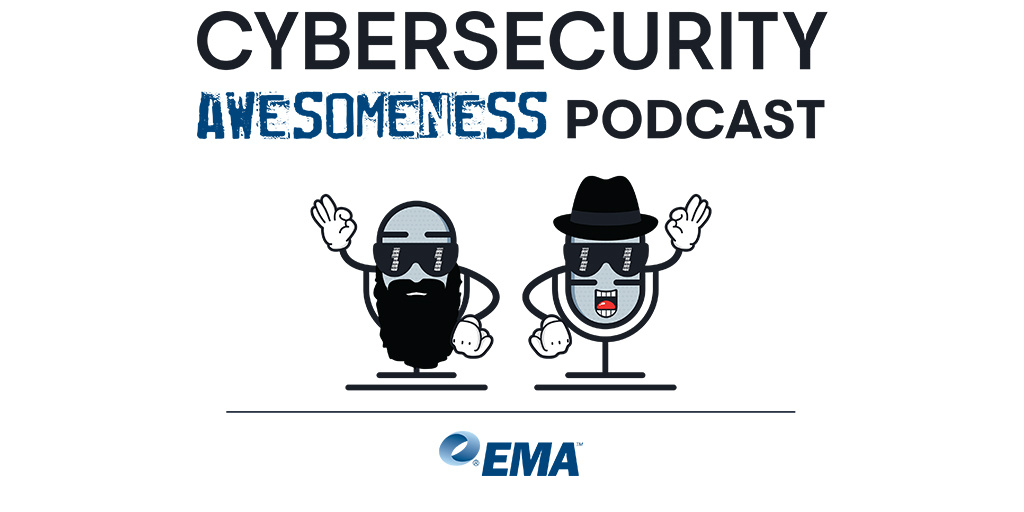The Nobel Committee has spoken, and for those of us living in the bright lights of the cybersecurity world, it is a day of celebration. The 2025 Physics Prize, awarded to John Clarke, Michel H. Devoret, and John M. Martinis for their work on "macroscopic quantum mechanical tunnelling and energy quantisation," isn't just a headline; it is a validation of the potential of the Quantum Age.
In the 80s, three physicists started coaxing the famously shy rules of quantum mechanics into the open. They took the strange, misty physics of the ultra-small—particles "tunnelling" through barriers, energy existing in discrete, stubborn chunks—and made it happen in a chip you could hold in your hand.
This wasn't theoretical musing. This was building the very first stable nursery for what would become the superconducting qubit.
I don't see elegant physics when I read this announcement. I see the blueprint for a potential cryptographic catastrophe. Am I being overly paranoid? Maybe. But many of the governments of the world, as well as pretty much the entire financial services sector, align with me.
Their work provided the foundation for engineering quantum states on a scale we can use…and what is the most famous, most dangerous application of controlled quantum states? The quantum computer.
The fact that these men are being honored today underscores the terrifying proximity of Q Day: the day when a machine will be capable of running Shor’s algorithm. When (not if, mind you) that machine is scaled, the digital security we rely on—every encrypted conversation, every secure financial transaction, every digital signature secured by RSA or ECC—will be utterly and instantaneously exposed.
This Nobel is proof positive that the science is settled: the quantum machine is inevitable.
Here is the good news: the same quantum door they opened leads to both the greatest threat and the strongest defense.
The rigorous control, the painstaking elimination of "noise," and the fundamental proof of concept required to demonstrate macroscopic quantum effects fed directly into the other side of the cyber equation: quantum key distribution (QKD).
QKD, with its promise of un-eavesdroppable communication, is built on the same finicky, precise control of quantum states that these laureates mastered decades ago. It's a security solution that is intrinsically linked to the quantum threat, a perfect mirror of defense. They gave us the tools to build the bomb, and by extension, the tools to build the bomb shelter.
The Nobel committee’s language, which I’ve seen parroted endlessly by every media outlet, mentions this work "has provided opportunities for developing the next generation of quantum technology, including quantum cryptography." That phrase isn't marketing fluff; it's a historical marker. It signifies the moment a theoretical curiosity matured into an engineering imperative.
For those tasked with protecting national infrastructure and corporate secrets, this award isn't a celebration; it’s a moment of profound, clarifying anxiety.
My personal take? This research is the most important, least-understood piece of the modern security puzzle. It forces us, the guardians of the digital world, to confront an uncomfortable truth: we have been building castles on shifting sand, using mathematical complexity as a moat. Clarke, Devoret, and Martinis gave us the blueprint for the shovel that will fill that moat.
Now, the clock is running. This recognition forces us to shift our focus from reactive patching to foundational, preemptive redesign. It’s a loud, high-pitched alarm, reminding us that the genius of a few physicists in the 80s dictated the urgent, multi-billion-dollar mandate of the 2020s: migrate or be compromised.
The Nobel Prize in Physics for 2025 is not just for an achievement; it’s for the necessity of change. The urgency of that change is now indisputable.




